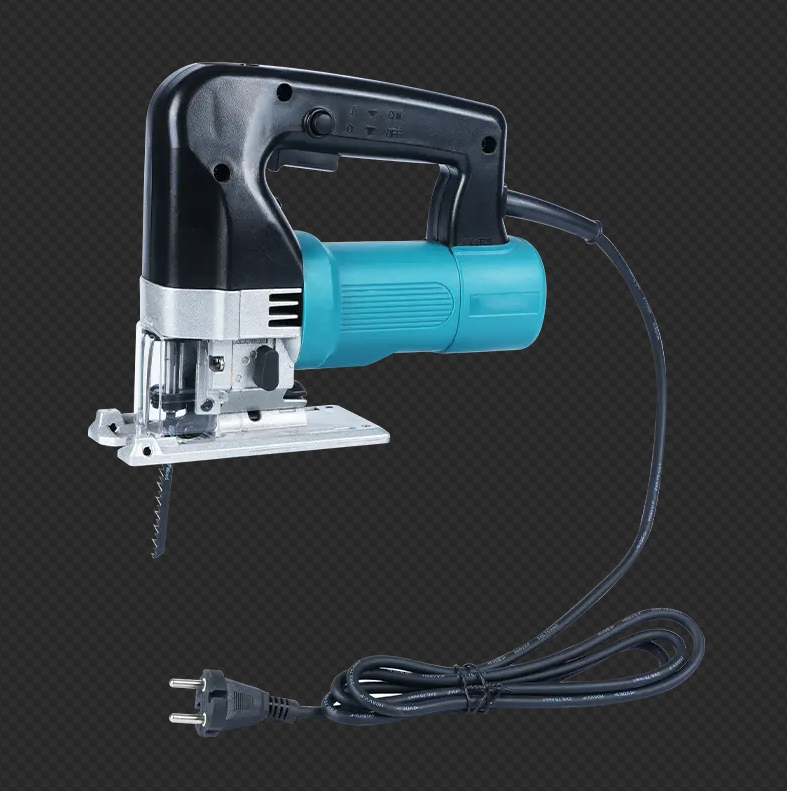 2025.06.13
2025.06.13
 Industry News
Industry News
The woodworking and manufacturing industries are experiencing a significant transformation thanks to advancements in curve saw technology. This specialized cutting tool, designed for precision and flexibility, is enabling professionals and hobbyists alike to achieve intricate designs and smoother finishes with greater efficiency than ever before.
Traditional saws often struggle with curved cuts, requiring manual adjustments and multiple passes to achieve desired shapes. However, modern curve saws incorporate advanced blade designs and motor technologies that allow for seamless, high-precision cutting along complex patterns. These tools are particularly valuable in industries such as furniture making, cabinetry, and artistic woodworking, where smooth, accurate curves are essential.
One of the key improvements in curve saw technology is the development of thinner, more flexible blades that reduce material waste and less jagged edges. Additionally, many models now feature adjustable speed controls, enabling users to tailor performance based on material type and thickness.
Beyond woodworking, curve saws are gaining traction in metalworking, plastics fabrication, and even construction. Their ability to make precise curved cuts in sheet metal, acrylic, and composite materials makes them indispensable for custom fabrication projects. In construction, curve saws are being used for detailed trim work, archways, and decorative elements that require clean, smooth edges.
Another emerging application is in the automotive and aerospace sectors, where lightweight materials often need intricate shaping. The precision of modern curve saws allows manufacturers to produce complex components with small errors, reducing both material costs and production time.
Safety has also been a major focus in curve saw innovation. Many newer models include features such as blade guards, anti-kickback mechanisms, and ergonomic handles to reduce user fatigue and prevent accidents. Laser guides and digital angle indicators are becoming more common, helping operators achieve greater accuracy while small the risk of mistakes.
For hobbyists and DIY enthusiasts, compact and cordless curve saws are now available, offering portability without sacrificing power. These tools make it easier for beginners to tackle curved cuts in home improvement projects, from custom shelving to decorative crafts.
The latest curve saw models are also contributing to more sustainable manufacturing practices. By improving cutting precision, these tools reduce material waste—a critical factor in industries aiming to less environmental impact. Some manufacturers are also exploring energy-efficient motors and longer-lasting blades to further enhance sustainability.
Additionally, the ability to make precise cuts in a single pass reduces the need for sanding or refinishing, saving both time and resources. This efficiency is particularly beneficial in large-scale production environments where even small optimizations can lead to significant cost savings.
The ongoing advancements in curve saw technology are reshaping how professionals and hobbyists approach curved cuts across multiple industries. With improvements in precision, safety, and sustainability, these tools are becoming indispensable for anyone working with wood, metal, or composite materials. As innovation continues, the curve saw is poised to play an even greater role in modern fabrication and design, unlocking new creative possibilities for users worldwide.
Whether for industrial manufacturing or personal projects, the curve saw has proven to be a game-changer, combining versatility with cutting-edge engineering to meet the demands of today’s craftsmen and builders.